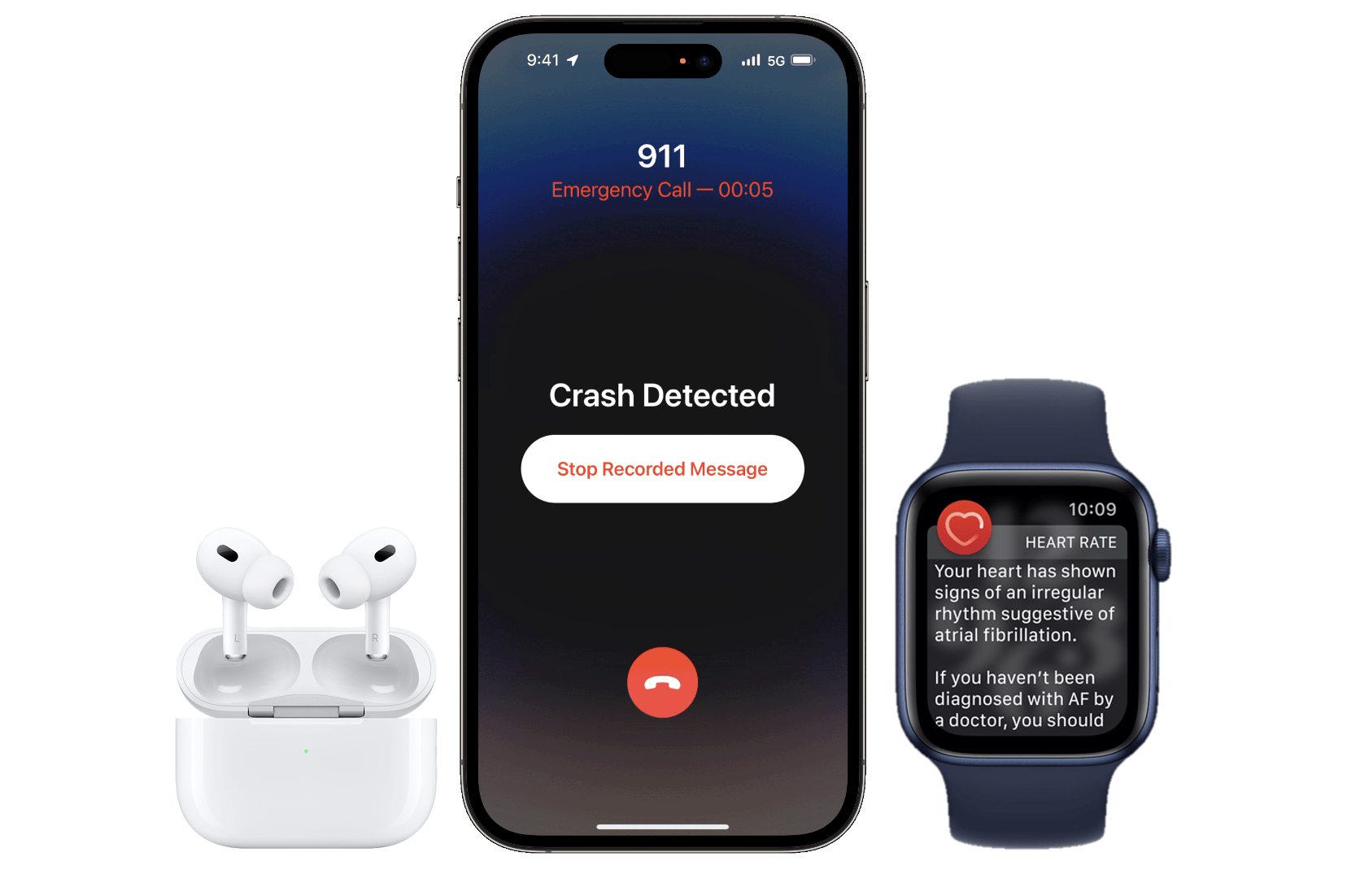Some have criticized Apple for a lack of innovation, especially regarding the iPhone, where each new model often just brings upgrades to the processor and camera—mostly iteration, with few groundbreaking changes.
Even the Apple Vision Pro didn’t garner widespread popularity. I previously said that if AR/VR Goggles were ever going to succeed, it would be Apple that made it happen. Yet, even the magic of Apple couldn’t drive adoption here.
Additionally, Apple has been criticized for being slow to the AI race, where rivals like Microsoft and Alphabet are seen as leaders in this hot new field.
Last week, Apple’s stock was briefly overtaken by Nvidia, losing its crown as the most valuable company globally by market cap. While it has since reclaimed the top spot, Nvidia remains close behind.

Despite these criticisms, Apple stock is now nearing its all-time high of $237.49, set on October 15, 2024, with only 1.8% to go from the current price. As Apple approaches its earnings release on October 31, 2024, the stock sits at a critical juncture, primed for a significant move in either direction. Although technical analysis suggests the chart pattern as an ascending triangle, typically indicating an upside potential, the direction remains uncertain.

Yet, downside risks loom. iPhone sales in China have been lackluster, impacted by Huawei’s resurgence. Recently, Indonesia blocked iPhone 16 sales due to Apple’s failure to meet a regulation requiring at least 40% local component manufacturing. This issue will not impact the upcoming earnings results and Apple may address it by increasing foreign direct investment in Indonesia to comply with local requirements.
However, there is a silver lining here—lower expectations from softer sales in China could set the stage for an earnings beat, potentially leading to a stock rally. That’s the uncertainty with earnings; predicting the exact outcome is always a challenge.
Yet, the point of this post isn’t about the upcoming earnings—that’s short-term. I want to highlight a major trend where Apple is cementing its leadership while no other tech companies are making similar strides: health tech.
This is not entirely new; Apple Watch has included fitness tracking and heart rate monitoring for years. Apple continued to improve by adding features like sleep monitoring, ECG, and blood oxygen measurement, expanding its capabilities in health monitoring.
Doctors and healthcare professionals have traditionally lacked a clear view of a patient’s daily health habits due to limited data. With Apple’s wearables being worn extensively and passively collecting health data, they now offer a wealth of information that could aid healthcare providers.
Although Apple’s health data isn’t clinical-grade, it still provides valuable insights into patients’ health, indicating when further diagnostics or early interventions might be necessary.
Consider a case from earlier this year, where the Apple Watch helped save a 35-year-old woman’s life. She was alerted by the Watch’s AFib notification, prompting her to seek immediate medical attention, leading to an ICU admission that ultimately saved her life.

In 2022, Apple also added crash detection. iPhones and Watches can now detect car accidents and automatically contact emergency services, even if the user is unresponsive, sharing location data to help responders reach the scene.

Now, Apple’s health tech extends to AirPods. The AirPods Pro 2 can now function as clinical-grade hearing aids for individuals with mild to moderate hearing loss. When paired with an iPhone or iPad, they even offer a scientifically validated hearing test, marking a step closer to clinical health capabilities. This advancement addresses a growing need, especially with aging populations likely driving up demand for hearing aids.

Healthcare is a multibillion-dollar industry, and Apple is the only major tech player actively making strides in this area. While competitors battle in AI and advertising, Apple is quietly building a lucrative position in health tech, which could generate significant revenue and cement its role in diagnostics and assistive medical devices.
Just as early iPhones replaced numerous physical tools—calendars, maps, calculators, MP3 players, cameras, and more—Apple’s health-focused devices have the potential to replace ECG machines, pulse oximeters, hearing aids, and other medical tools in the future. This shift gives consumers a compelling reason to buy Apple products, not only for lifestyle but increasingly for health reasons.
Apple could further enhance this ecosystem by introducing health-related subscriptions or services, building on its hardware foundation, as it has with other product lines. With valuable health data stored on users’ Apple devices, the switch to another platform becomes more challenging—especially as other Big Tech companies have not invested in health tech at this level.
In my view, Apple’s foray into health tech represents one of its most important and underappreciated innovations. Its relevance and potential dominance in this space are far from over.

